
How to explore Italy like a local
20/06/2025 · By Tim Hall
Expert Great Rail Journeys Tour Manager and blogger Tim Hall discusses how to explore Italy with his top tips and advice about food, drink and culture.
Read moreThe city of Pisa is famous the world over, thanks almost entirely to poorly designed foundations. The city's famous 'Leaning Tower' - the 'Torre di Pisa' - is the free-standing bell tower of Pisa's cathedral. The tower began to lean during its construction, due to only three metres of foundations, set in weak, unstable soil. As the building work progressed, the design was altered, with the upper floors being given walls that are taller on one side - meaning that the tower is actually curved.
Situated ten in Tuscany, north-west Italy and kilometres inland of a bay of the Tyrrhenian Sea where the Arno and Serchio rivers meet, Pisa was already a well-established town by the time the Romans colonised it in 180BC. In subsequent centuries Pisa's favourable location established the city as an important trading centre and maritime port and by the Middle Ages.
Find out more with a free brochure and enjoy weekly travel inspiration and offers in our e-newsletter.
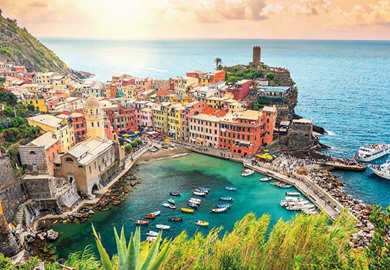
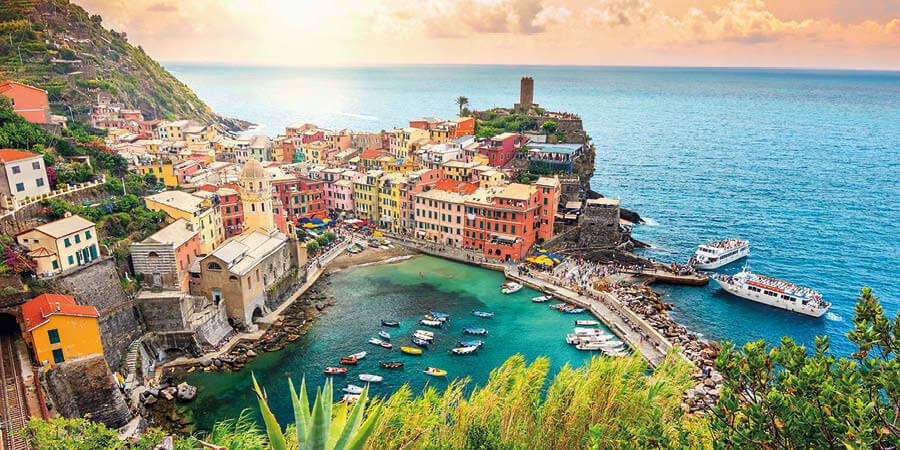
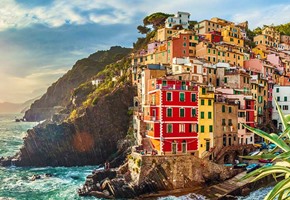
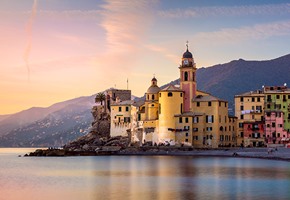
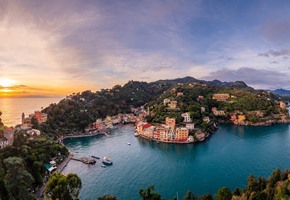
 (249 reviews)
(249 reviews)Discover the towns and villages of the Italian Riviera which sparkle beside the Mediterranean Sea, as we explore the Cinque Terre and the harbour town of Portofino. Explore the pastel-hued fishing village of Camogli, a hidden gem, and relax in Sestri Levante - a town between two bays. Sail to San Fruttuoso abbey, set in a secluded cove and...
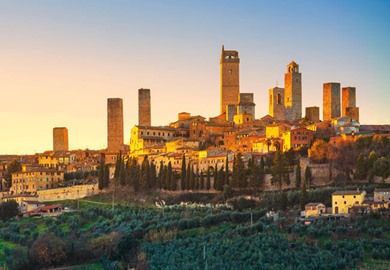
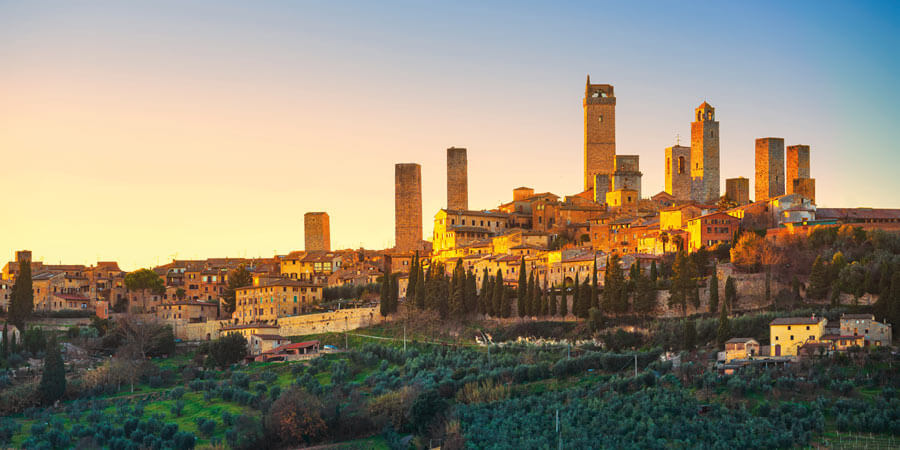
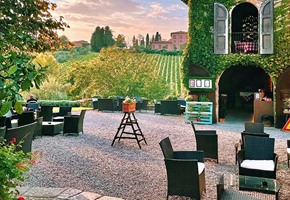
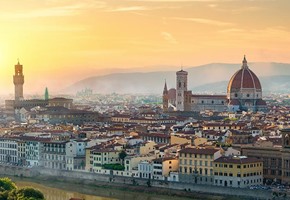
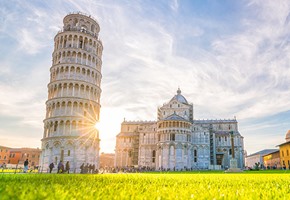
 (277 reviews)
(277 reviews)Savour the glorious colours, aromas and flavours of Tuscany on a holiday highlighting the true beauty of this beloved region. Discover the great Renaissance city of Florence, visit a historic family estate for a tour and dinner, and marvel at the iconic monuments of Pisa, including the Leaning Tower. Explore the stunning sights of Siena,...
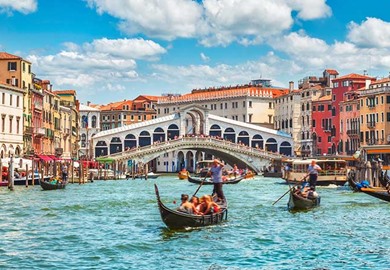
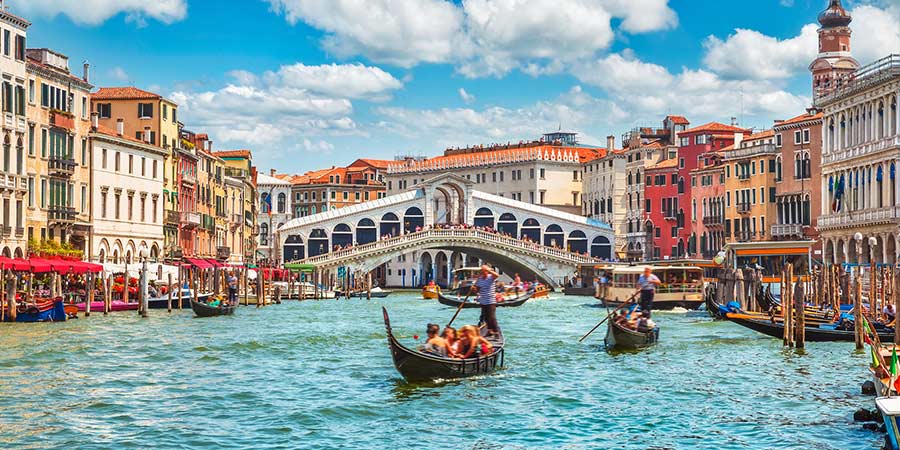
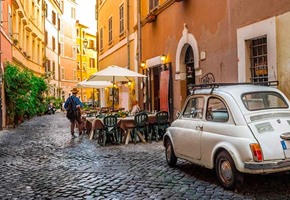

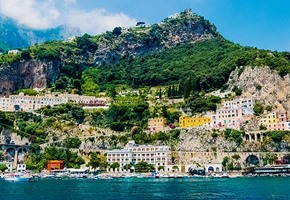
 (31 reviews)
(31 reviews)From the Alpine foothills to the island of Sicily and all that lies between, uncover the best of Italy. Travelling the country's length, we delve into the history and culture of Italy's remarkable destinations, including Venice, Florence and Rome. Bask in the beauty of the Amalfi Coast and marvel at the remains of ancient Pompeii before...
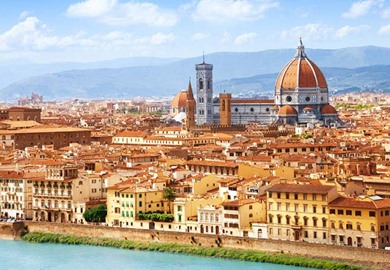
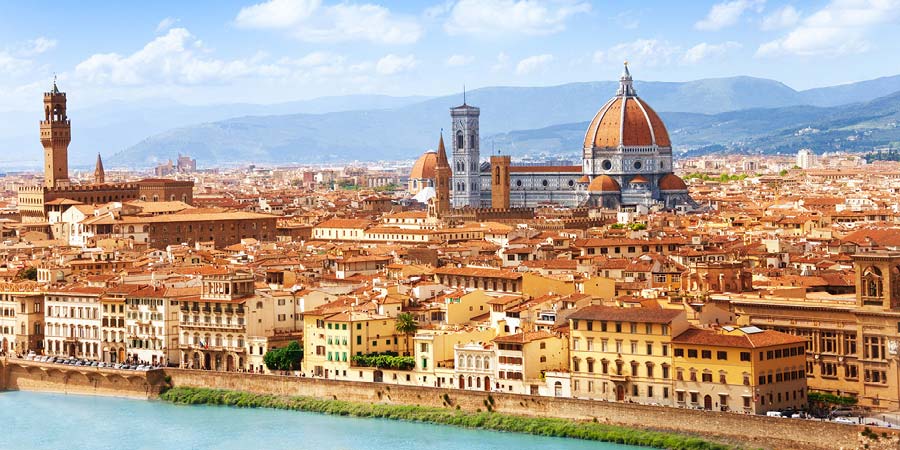
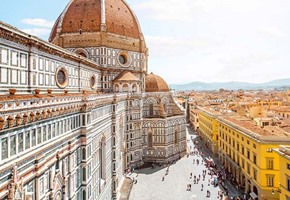
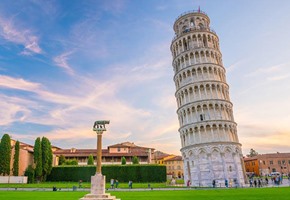
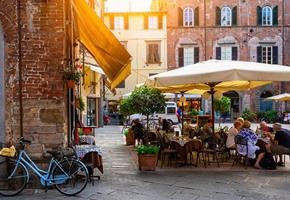
Enjoy a holiday that captures the essence of Tuscany, travelling to and from the Tuscan spa town of Montecatini Terme by rail. This UNESCO World Heritage site is an ideal base for exploring this scenic and cultural region. From the grand Renaissance art and architecture of Florence to the fantastic shell-shaped Piazza del Campo and medieval...
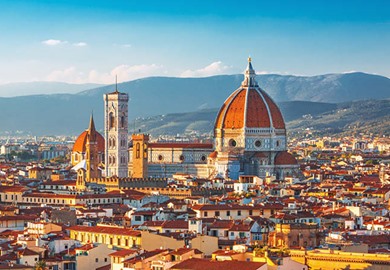
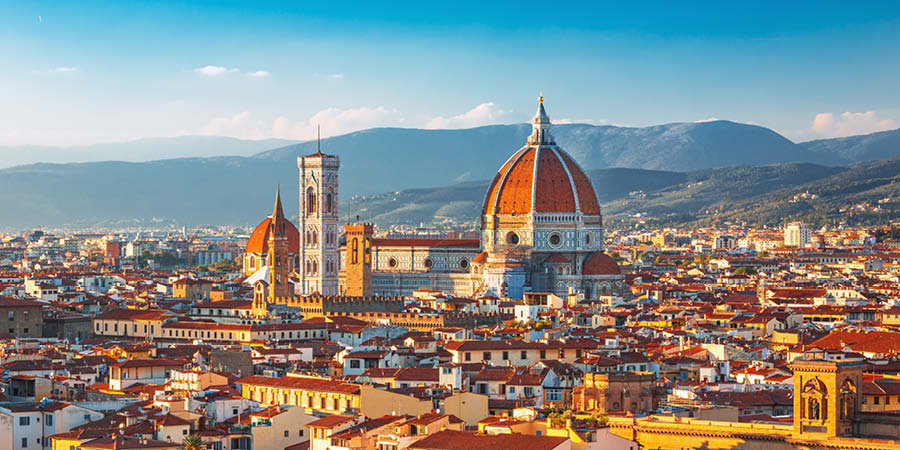
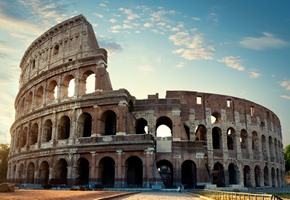
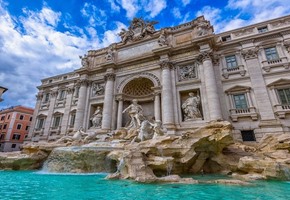
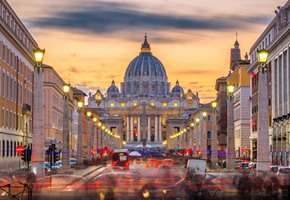
 (59 reviews)
(59 reviews)Join us on a tour of six of Italy's great historic cities, encountering a wealth of artistic and cultural treasures including World Heritage sites, with guided tours of ancient Rome and the world's Renaissance capital, Florence. With day trips to the walled Tuscan city of Lucca, Pisa's iconic tower and its gleaming white Duomo, we take a...



In the fourteenth century Pisa gained its university and found a new prosperity and reputation as a seat of learning and culture; something that the city retains to this day.
The result is a city that is a joy to explore, thanks to a rich legacy of Romanesque, Gothic and Renaissance architecture, the cultural buzz and colour that a thriving student community brings, a host of impressive galleries and museums and some beautiful public parks and gardens. Not forgetting, of course, the iconic architectural anomaly present by the curiously-listing bell tower of Pisa's magnificent cathedral.
The Tower of Pisa
The leaning tower is part of the cathedral complex, known
as the 'Campo dei Miracoli' - the Field of Miracles. As well as the
tower is the marvellous white marble Duomo, often overlooked by
tourists who flock to see the leaning bell-tower, but a true gem in
its own right and one of the finest examples of Romanesque
architecture, with its beautiful marble façade and sublime Moorish
mosaics. Restoration work, which took place between 1990 and 2001,
was undertaken to prevent the tower from leaning too far and
possibly falling. However, as with other previous work to stabilise
the structure, it was carefully planned not to correct the lean -
in order to maintain Pisa's appeal to tourists.
Piazza dei Miracoli
Pisa's unmissable 'Square of Miracles' is, in reality, the Cathedral Square (Piazza del Duomo) and is the site of the freestanding -and famously leaning - eleventh century bell tower. The stunning Romanesque Cathedral of Saint Ranieri itself dates back to 1092. The Piazza dei Miracoli attained UNESCO World Heritage Site status in 1987.
The Baptistery of Saint John
Standing opposite the cathedral, the magnificent circular and domed Battisterois Italy's largest baptistery and is notable not only for its beautiful Romanesque façade but also as the place in which the astronomer and physicist Galileo was baptised.
National Museum of San Matteo
Pisa's National Museum is housed in a former Benedictine monastery and is dedicated to the protection of Italian artworks from twelfth to the eighteenth centuries which were originally displayed in the city's churches. Exhibits include fine sculptures and paintings from artists including Pisano, Fra Angelico and Donatello.
Orto botanico di Pisa
Now in its third location since its establishment in 1544, Pisa's Botanical Garden was the first in Europe and remains an oasis of natural beauty within the city. The garden is divided into themed sections including succulents, coastal plants, tropical plants, hydrangeas and aquatic plants, and features one of the oldest iron-constructed hothouses in Italy.